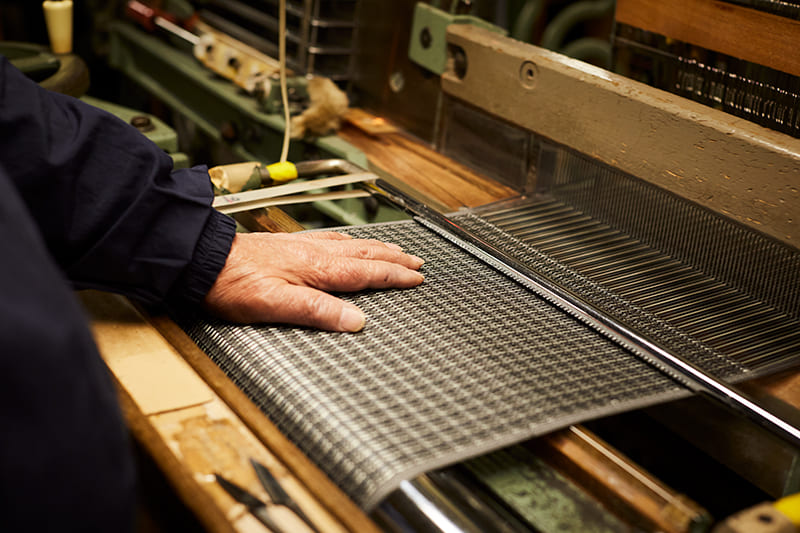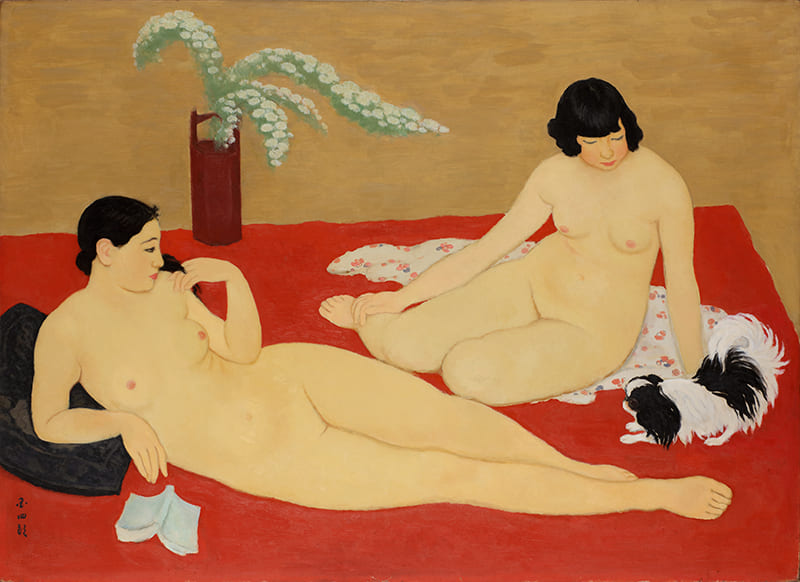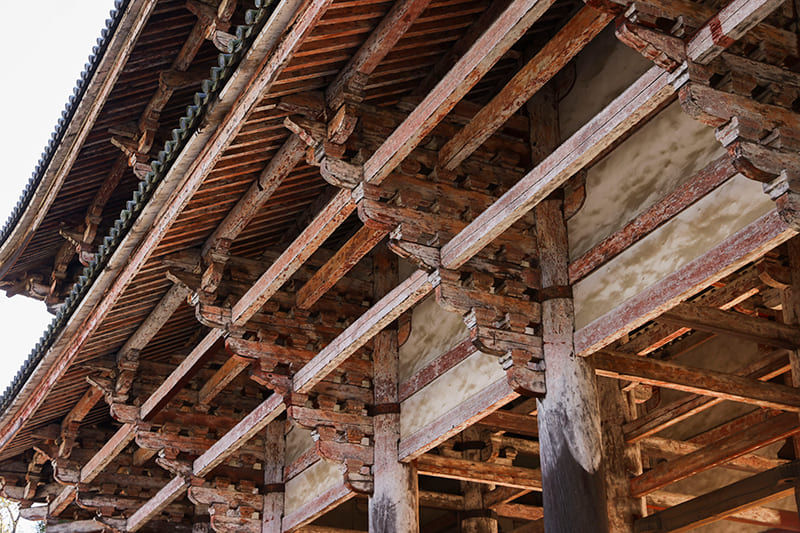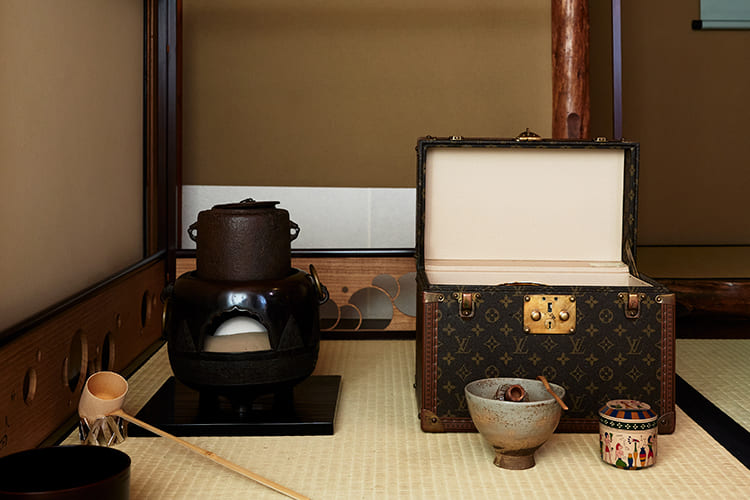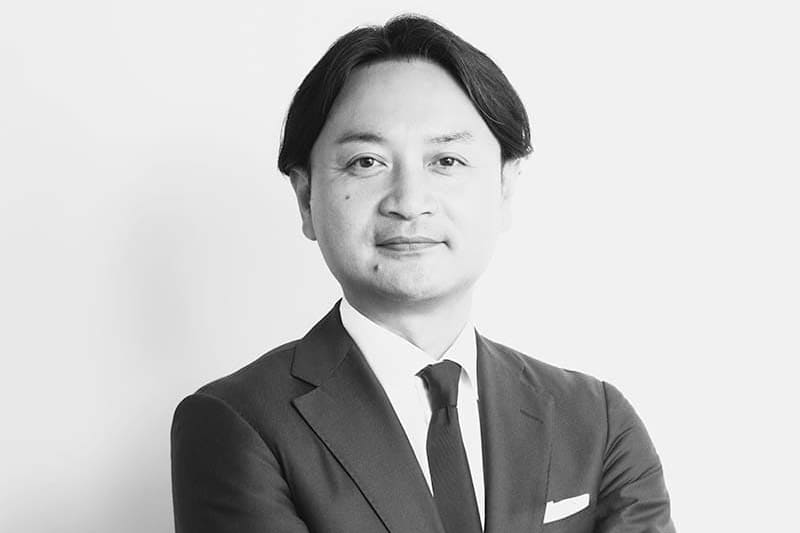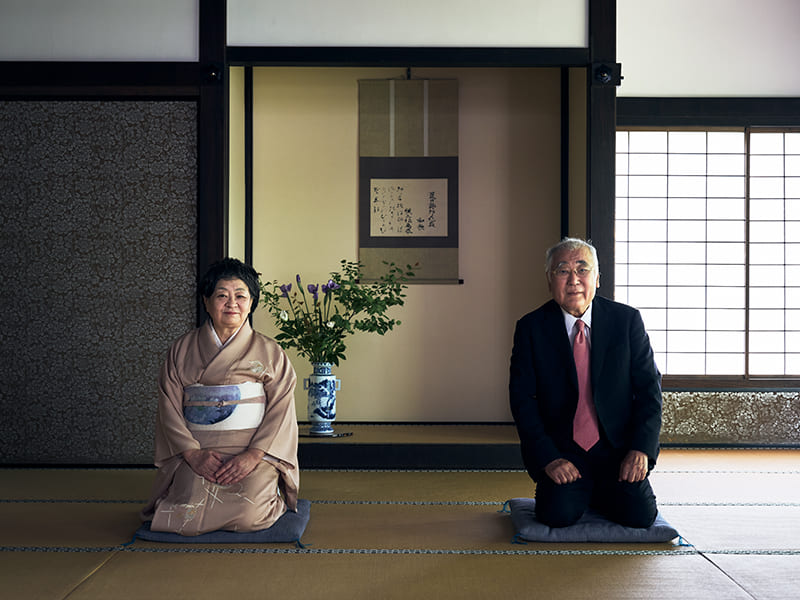August 25, 2023
What exactly is waka?
Questions
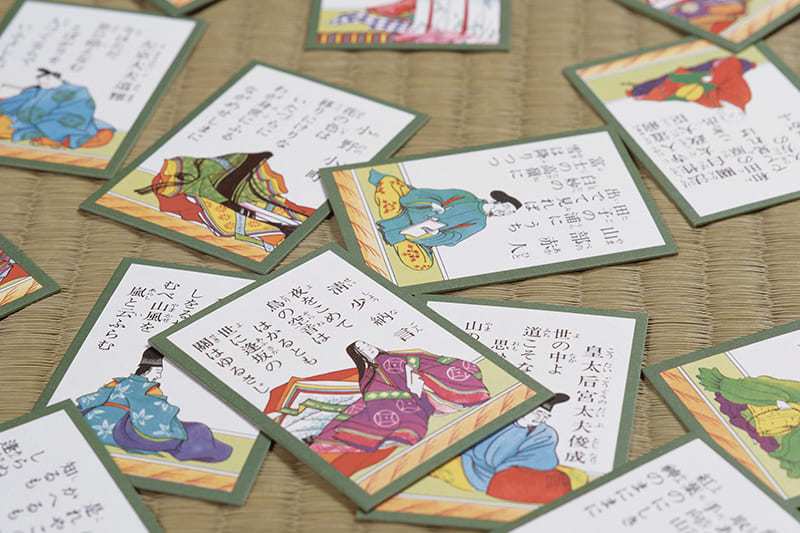
Waka has been a cornerstone of Japanese culture since at least the seventh century, but has become increasingly separate from contemporary lifestyles. And yet if you look closely at Japanese culture, you will find that waka’s essence still emerges as the spiritual element that defines “Japaneseness” and that it still occupies a place in people’s hearts.
For example, if a Japanese person hears the phrase ume ni uguisu (bush warbler in a blossoming plum tree), they will immediately think of the coming of spring — the end of long winter, the first warm days, the start of a new cycle of life. Even Japanese tend to forget that this feeling has its foundation in waka.
Explaining this to people from elsewhere around the world can therefore be a challenge. Yet understanding waka is a great way to learn about Japanese sensibilities and culture.
And so we have compiled a list of questions and answers about waka, covering the essentials that you might want to know. Hopefully this will set you off on your own journey of discovery.
Q1. What exactly is waka?
Waka was originally known as Yamato uta (Japanese poetry) and was a Japanese creation distinct from Chinese poetry, which was known as Kara uta, “Kara” being an old name for China. Waka’s various forms are made up of five- and seven-syllable lines.
After the “Kokin Wakashu” (“Collection of Japanese Poems of Ancient and Modern Times”) was compiled in the Heian Period (794-1185), the short tanka form became mainstream, with 5-7-5-7-7 lines totaling 31 syllables. But other forms are also considered waka, such as chōka (long poems), which repeat pairs of five- and seven-syllable lines three times or more and then end with seven syllables, and sedōka (repeating-head poems), which use a 5-7-7 pattern twice. Both appear frequently in Japan’s oldest collection of poems, “Manyoshu,” from the Nara Period (710-784).
Q2. When did waka poetry emerge?
Nukada no Okimi, the wife of Emperor Tenmu (who died in 686), is known to have been a poet who composed waka at court ceremonies. So we know that waka dates back at least as far as the seventh century.
In addition, Japan’s oldest book, “Kojiki” (“The Record of Ancient Matters”), completed in 712, contains poems known as jōdai kayō (ancient songs) that are thought to have been a forerunner of waka. The male deity Susanoo-no-Mikoto is credited in Kojiki and also “Nihon Shoki” (“The Chronicles of Japan”), completed in 720, with writing what is thought to have been the first-ever waka: “The many-fenced palace of Izumo / Of the many clouds rising— / To dwell there with my spouse / Do I build a many-fenced palace: / Ah, that many-fenced palace!” (Translation by Donald L. Philippi, 1968).
Q3. What are waka poems usually about?
The preface of the early Heian Period book “Kokin Wakashu” (905) says, “Japanese poetry has the human heart as seed and myriads of words as leaves” (translation by Helen Craig McCullough, 1985).
Among traditional waka poems, the most popular subjects are the four seasons, wishes for longevity and family prosperity, travel and love. For the court nobles of the Heian Period, a gift of waka was an elegant way to deliver a message of love, and waka was considered an essential element of romantic education. Hence many waka on the theme have survived.
Q4. What is the most famous collection of waka?
The best-selling compilation of waka poems in Japan, loved by everyone from elementary school students to adults, is “Hyakunin Isshu” (“100 Poets, One Poem”). Based on a selection of poems by Reizei family ancestor Fujiwara no Teika in the 13th century, it consists of one poem each by 100 poets, including emperors, nobles and priests, from the eighth to 13th centuries. During the Edo Period (1603-1868), a card game version was published and it spread quickly among the masses. The oldest extant collection of waka poetry in Japan, the “Manyoshu,” which contains poems that formed the basis of “Hyakunin Isshu,” the “Kokin Wakashu” from the Heian Period and the “Shin Kokin Wakashu” (“New Collection of Poems Ancient and Modern”) from the Kamakura Period (1185-1333), are also well-known waka books.
Q5. What is the difference between waka and tanka?
While since the early modern period they have both had the same 31 syllables in total, with 5-7-5-7-7 syllable lines, there is now a tendency to distinguish between the two terms, with “waka” referring to poems that stick closely to the traditional kata (forms), and “tanka” used to describe the slightly freer type of expression that emerged after the Meiji Restoration (1868).
As a general rule, waka employs only native Japanese vocabulary known as Yamato kotoba and excludes words derived from Chinese or other foreign languages. For example, much weight is placed on established forms, like that “bush warbler + peach blossom = spring,” or the use of kakekotoba (a rhetorical technique using homophones).
Example 1 Chinese-derived words such as kikan (period) and seikō (success).
Example 2 Foreign loan words such as yotto (yacht) and tēburu (table).
Example 3 Kakekotoba: In Ariwara no Yukihira’s poem, “Though I may leave / for Mount Inaba, / famous for the pines / covering its peak, / if I hear you pine for me / I’ll come straight home to you” the Japanese word for “pine tree” is a homophone of “to wait” (or “pine,” both being pronounced matsu). With the 31-syllable limit, kakekotoba are a technique for creating deeper and more expansive expression, with commonly used examples being aki (autumn) and aki (to give up), uki (to float) and uki (to suffer), and sumu (to reside) and sumu (to become clear).
Q6. Is it possible to compose waka in languages other than Japanese, such as English?
Since there is a rule that waka does not use foreign words, poems written in English are generally not considered to be waka.
However, in recent years, both haiku and tanka have been written in English. It is also true that various anthologies of poetry have been translated into English, from classics such as the “Manyoshu,” which was translated back in the Meiji Period, the “Hyakunin Isshu” and even contemporary books of poetry by the likes of the tanka poet Machi Tawara. With interpretations of waka differing depending on the sensibility of the translator, it is interesting that there can be so many different interpretations (translations) of a single waka.
Q7. Is it true that hiragana was created for waka?
Until kanji arrived from China, there was no writing system unique to Japan. But using kanji itself to represent Japanese was inconvenient, and therefore so-called manyōgana was created by using kanji characters that sounded like Japanese syllables. This technique can be seen in the “Manyoshu.” However, since kanji have a large number of strokes, they take a long time to write. So they were gradually simplified, and in the late eighth to ninth centuries (the early Heian Period), hiragana was born. Hiragana, which was better matched with the Japanese way of thinking, was used mainly to write waka, letters and stories.
Q8. How has waka influenced Japanese culture?
It is no exaggeration to call waka the essence of traditional Japanese culture. Korin Ogata’s “Irises,” a pair of folding screens registered as a National Treasure, is based on the waka poem “The Tales of Ise.” Famous locations described in waka, such as Yoshino in Nara Prefecture, with its beautiful cherry blossoms, and the Tatsuta River, which is famous for its autumn foliage, are now well-established decorative motifs used in Japanese craft. Many waka poems appear in “The Tale of Genji,” and many noh plays are based on waka poems, with some noh verses themselves written in the five- and seven-syllable style. Thus, the essence of waka poetry is sprinkled throughout traditional Japanese culture, from literary works to everyday objects.
Q9. What is the relationship between waka and the Japanese imperial family?
The imperial family is the oldest family of poets in Japan. The oldest existing collection of waka poems, “Manyoshu,” includes a poem attributed to Emperor Yuryaku (the 21st emperor, whose existence in the fifth century is largely confirmed archaeologically), and successive emperors since that time have composed waka poems. There is also a long history of emperors or retired emperors commissioning anthologies of waka, the earliest example being the “Kokin Wakashu,” which was commissioned by Emperor Daigo (who reigned from 897 to 930). So, emperors have been leaders of waka poetry. Even now, every year, as part of the New Year’s ceremonies, a poetry gathering is held for the emperor and empress at the Imperial Palace.
Q10. Is it true that waka has spiritual powers?
Waka was once thought to have magical properties because of its syllabic rhythm, which is different from normal spoken language. For this reason, the “Manyoshu” contains many poems expressing wishes for prosperity of the land, or seeking to appease the spirits of the land or the souls of the dead.
Also, some of the greatest poets represented in the “Manyoshu,” such as Kakinomoto no Hitomaro and Yamabe no Akahito, are enshrined in shrines as deities because of their talents. And some waka, such as Ariwara no Yukihira’s contribution to the “Hyakunin Isshu,” are believed to have magical powers. Write the poem on a piece of paper and your lost cat will come home!
和歌とは一体、何か?10個のQ&Aで解説します。
和歌は少なくとも7世紀以降、日本文化の根幹を担ってきた。しかし日本人にとってさえ日常生活では和歌そのものが遠い存在となってしまっている。だが、日本の文化をよく見てみると、何気ない生活のあちらこちらに、“日本人らしさ”を形づくる精神的な部分で、和歌のエッセンスは今でも日本人の心に浸透していることがわかる。
例えば、日本人であれば「梅に鶯」という言葉を聞けば、誰もが「春」を想像するだろう(同時に、長い冬が終わって暖かい季節が始まり、生命の新たなサイクルが始まることを感じさせる)。そう感じる根拠が和歌にあることは、日本人すら忘れてしまっている節がある。
このように現代日本人ですら意識していないことを外国人に説明するのは、難しい試みではある。しかし、日本人の感覚や日本文化について理解するためには、和歌を理解することがひとつの方法でもある。
今回は、和歌に関する素朴な疑問をQ&Aにまとめてみた。これら10の設問が和歌、ひいては日本文化を理解するための一助になれば幸いである。
Return to Sustainable Japan Magazine Vol. 27 article list page

